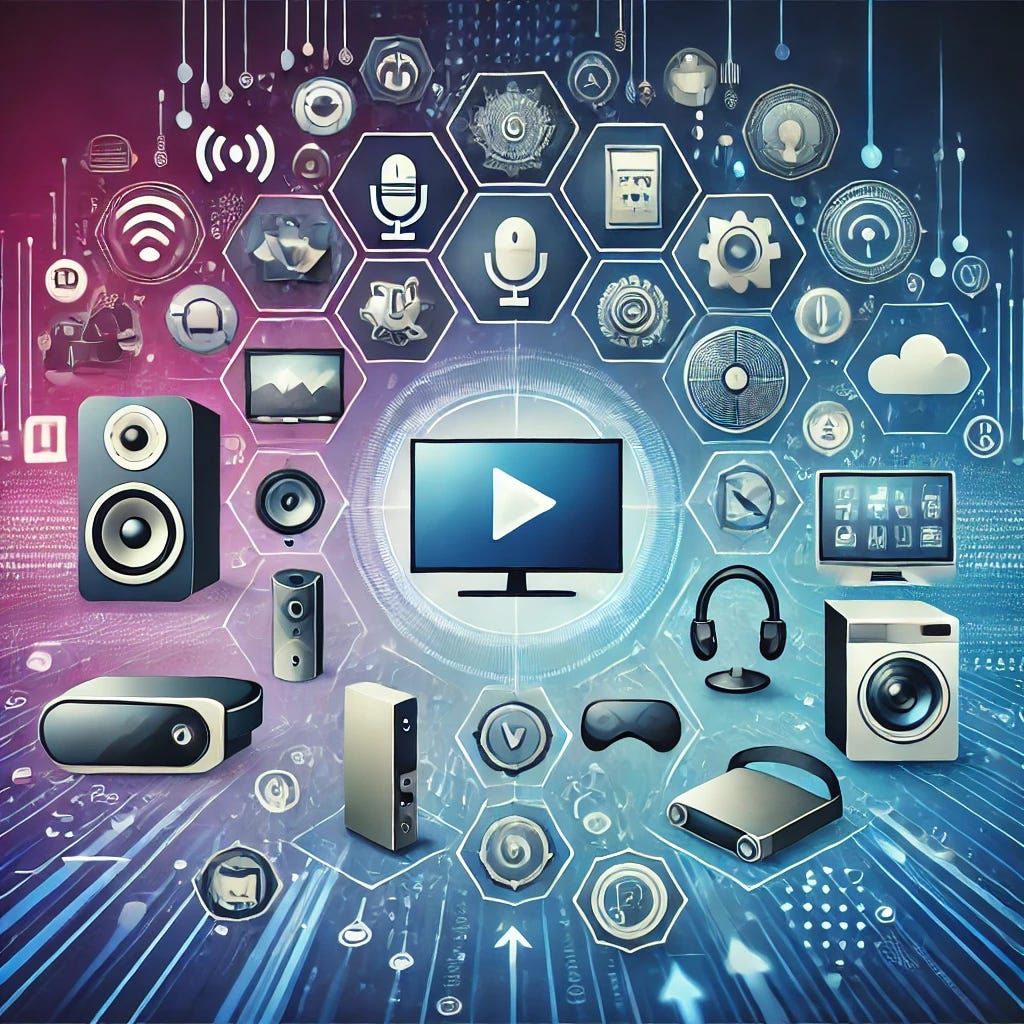How Advances in Audio, Visual, and Video Engineering Technologies are Transforming Everyday Life
Introduction
In recent years, breakthroughs in audio, visual, and video engineering technologies have quietly reshaped our daily experiences, from how we consume media to how we communicate and interact. These advancements are not just making devices more powerful but are also redefining how we learn, work, and stay entertained. Here’s a closer look at h…
Keep reading with a 7-day free trial
Subscribe to The Functional Technologist to keep reading this post and get 7 days of free access to the full post archives.





